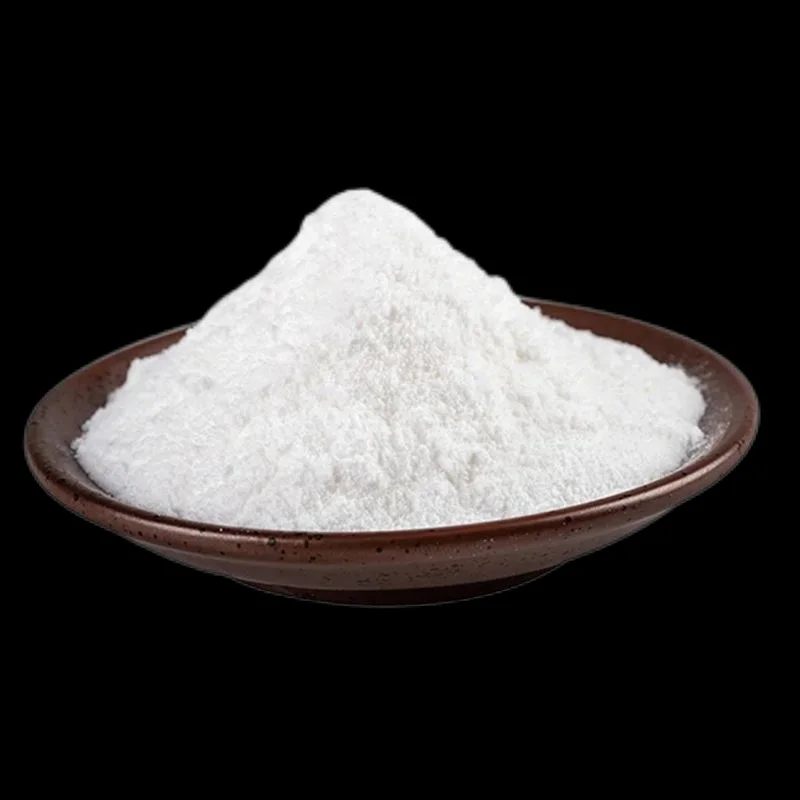Safety First: Best Practices for Handling and Storing Organic Peroxides
At Hengqi, we prioritize safety in every aspect of our operations, especially when it comes to handling and storing organic peroxides. As a leading manufacturer of 2,5-Bis(tert-butyl peroxide)-2,5-dimethyhexane, a versatile crosslinking agent used in various rubber and polymer applications, we understand the importance of proper safety protocols. In this article, we will share our best practices for ensuring the safe handling and storage of organic peroxides.

Understanding the Risks
Organic peroxides are inherently unstable compounds due to the presence of the oxygen-oxygen (O-O) bond in their molecular structure. This bond can easily break down, leading to the formation of free radicals that initiate polymerization or curing reactions. However, this instability also makes organic peroxides sensitive to heat, friction, shock, and contamination, posing potential fire and explosion hazards.
Proper Handling Procedures
When handling organic peroxides, it is crucial to follow these safety guidelines:
1. Wear appropriate personal protective equipment (PPE), including safety goggles, chemical-resistant gloves, and protective clothing.
2. Avoid contact with incompatible materials such as strong acids, bases, reducing agents, and heavy metal compounds, as they can accelerate the decomposition of organic peroxides.
3. Minimize the quantity of organic peroxides stored in the immediate work area and keep them in their original containers.
4. Eliminate potential ignition sources, including open flames, sparks, and static electricity, in the work area.
5. Use clean, dry equipment made of compatible materials such as stainless steel, glass, or polyethylene to avoid contamination.
6. Slowly add organic peroxides to resin batches or metering vessels to prevent splashing or spilling.
7. Never mix organic peroxides with accelerators or promoters directly.
8. Properly dispose of any spilled organic peroxides by absorbing them with an inert material and wetting with water before disposal.
Safe Storage Practices
Proper storage is critical to the safe handling of organic peroxides. At Hengqi, we adhere to the following storage guidelines:
1. Store organic peroxides in a cool, well-ventilated area away from direct sunlight, heat sources, and incompatible materials.
2. Maintain the storage temperature below the maximum recommended temperature specified for each product, typically 38°C (100°F) or lower.
3. Use approved containers made of compatible materials such as polyethylene drums.
4. Keep containers tightly closed when not in use to prevent evaporation of diluents and exposure to contaminants.
5. Rotate inventory to ensure that older products are used first, minimizing the risk of exceeding their shelf life.
6. Regularly inspect stored organic peroxides for signs of deterioration, such as gassing or container distortion, and contact the supplier immediately if any issues are observed.
7. Provide backup measures for refrigerated storage in case of equipment failure.
8. Ensure that the storage area is equipped with explosion-proof electrical equipment and appropriate fire prevention and protection measures.
Emergency Response
Despite taking all necessary precautions, accidents can still occur. In case of a fire involving organic peroxides, use water spray to control the spread and promote cooling, but also employ an additional extinguishing agent such as dry chemical or carbon dioxide. Contain the fire swiftly and carefully, as organic peroxide fires can be intense and explosive.
In the event of human exposure to organic peroxides, seek immediate medical attention and refer to the product's Safety Data Sheet (SDS) for specific first aid measures. Exposure may cause eye, skin, and/or respiratory irritation, as well as nausea, drowsiness, or dizziness.
Conclusion
At Hengqi, we are committed to providing high-quality organic peroxide products while prioritizing the safety of our employees, customers, and the environment. By following these best practices for handling and storing organic peroxides, you can help ensure a safe working environment and minimize the risks associated with these essential chemicals.
If you have any questions or concerns regarding the safe use of organic peroxides, please do not hesitate to contact our team of experts. We are dedicated to supporting our customers and promoting a culture of safety in the industry.



